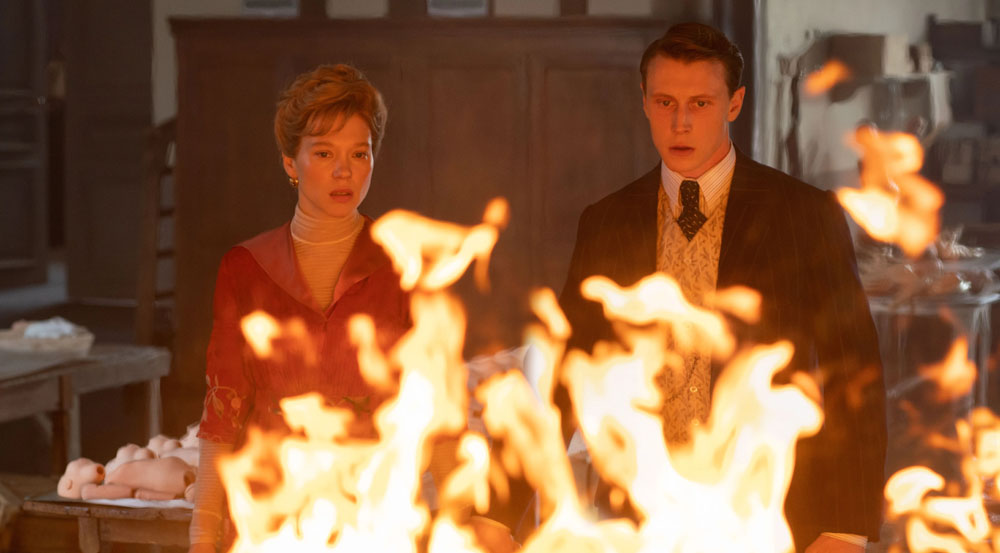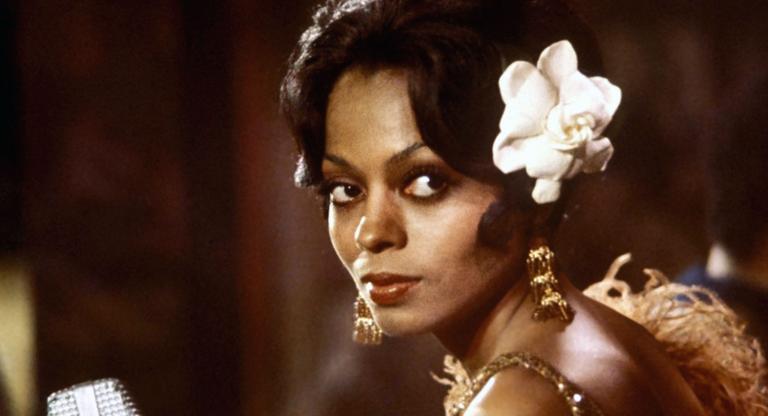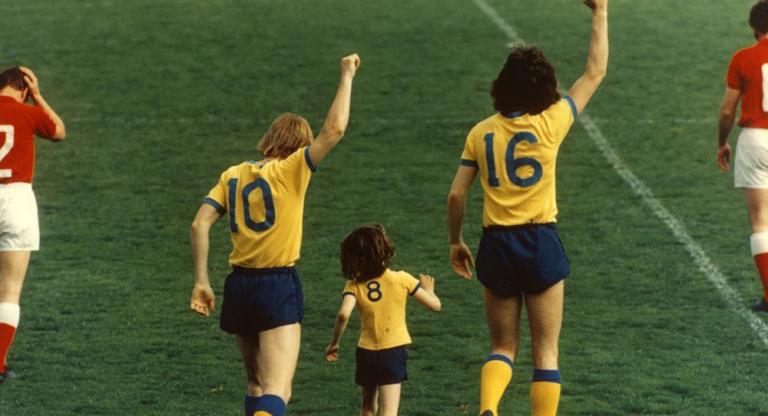In Henry James’s novella “The Beast in the Jungle,” John Marcher lives in the shadow of a foreboding that some awful fate lurks in his future, poised to pounce. He confides in a single person, May Bartram, and the two are bonded in anticipation across a decades-long platonic friendship. Only at the end of a life “spent [. . .] thinking of nothing but dreadful things” does Marcher realize, with May’s death, that the thing that was to happen has happened, that his terrible destiny was simply to waste his life—their lives—in waiting. In The Beast (2023), Bertrand Bonello uses James’s parable of love and fear as leaping-off point to explore obstacles to intimacy in the past, present, and future.
Versions of Gabrielle (Léa Seydoux) and Louis (George MacKay) meet in three timelines. In an AI-dominated, post-collapse 2044, Gabrielle regresses to past lives as part of a Buddhist-inspired (or Scientologist) “purification” process meant to free humans from affect and sentiment. She remembers: the camera glides stultifyingly through the salons of Belle Époque Paris, and Louis insists, in dialogue lifted from James but echoing Last Year at Marienbad (1961), that the two have met before. In this version, “the Beast” is Gabrielle’s, and her premonition clouds an unconsummated costume-drama affair set against the backdrop of the Great Flood of 1910. In Hollywood, 2014, around the time of the La Habra quake, Gabrielle is a model-actress staying in a glass house, and Louis an incel stalking her between video diary entries. (MacKay’s stilted inflections and cold eyes are more awkward, more terrifying, than Elliot Rodger’s; it’s fascinating to ride the flow and ebb of audience laughter on each beat.) The years echo each other in call-and-response, fortune tellers mix up past and future lives, and Louis and Gabrielle seek each other on the dance floor, again and again, to the strains of waltzes, drill, and soul deep cuts.
Shooting, briefly, on location in Southern California, Bonello includes jump scares and retro needle-drops deeply indebted to David Lynch’s L.A. stories, in which art is likewise an uncanny fractalization of life. A film about human alienation from authentic emotion, The Beast is naturally curious about what is ersatz within itself: it opens with Seydoux making a horror movie in front of a greenscreen, reacting, like a Marvel-movie John Marcher, to a terror that’s all in her head. Bonello fills each section with the media detritus of the moment—the hyperreal across the ages. In 1910, Gabrielle’s husband owns a doll factory, which reproduces “Poupee Gaby” in a new material, celluloid; at the other end of the celluloid era, 2010s Hollywood is full of YouTube videos, pop-up ads, reality TV, surveillance tech, and Dasha Nekrasova. Both stories are also flashbacks playing across the internal screen of 2044’s random-access memory.
Arguably The Beast is an edgier Eternal Sunshine of the Spotless Mind, a plea for painful, necessary human connection, newly irony-pilled, climate-anxious, and galaxy-brained for 2023. But that’s only appropriate. In many of his films, Bonello wallows in the modern even as he probes the limits of the expression it mediates. He’s like one of the anticapitalist mallrats of Nocturama (2016) dancing on their own graves to “Whip My Hair.” The Beast is a reactionary, technophobic film—even in 1910, Gabrielle, a pianist, struggles to find the feeling in Schoenberg’s modernism. But in its hyperlinked consciousness, in its wild swings across tones, eras, and ideas, it is unmistakably a savage and singular product of late 2023, of Web 2.0 going supernova. The Beast is the blood drawn by the cutting edge, still wet on the screen.
The Beast screens tonight, October 8, and throughout the New York Film Festival, its U.S. premiere. Tonight’s and tomorrow’s screenings will be followed by a conversation with director Bertrand Bonello.



